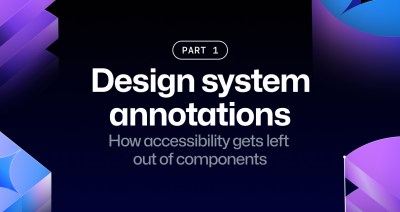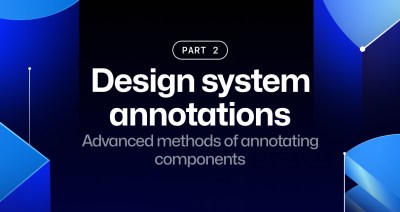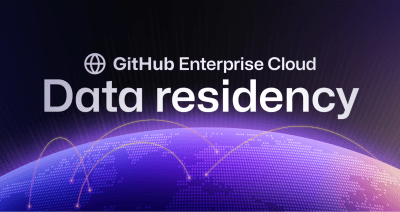
Post-quantum security for SSH access on GitHub
GitHub is introducing post-quantum secure key exchange methods for SSH access to better protect Git data in transit.

Over the course of a year, GitHub’s engineers make millions of commits across all of our internal repositories, process billions of API requests, and run tens of thousands of deployments across the internal apps that power GitHub’s services. We use many of GitHub’s products and plenty of other open source tools to operate at this scale. Here’s an inside look into how we do it.

GitHub is introducing post-quantum secure key exchange methods for SSH access to better protect Git data in transit.


Our best practices for quickly identifying, resolving, and preventing issues at scale.

Plus, considerations in updating one of GitHub’s oldest and most heavily used features.

The Accessibility Design team created a set of annotations to bridge the gaps that design systems alone can’t fix and proactively addresses accessibility issues within Primer components.

How to build custom annotations for your design system components or use Figma’s Code Connect to help capture important accessibility details before development.

How do we translate web accessibility standards to command line applications? This is GitHub CLI’s journey toward making terminal experiences for all developers.

The GitHub CLI now supports common Git configurations for triangular workflows. Learn more about triangular workflows, how they work, and how to configure them for your Git workflows. Then, see how you can leverage these using the GitHub CLI.

Explore the iterative development journey of GitHub’s sub-issues feature. Learn how we leveraged sub-issues to build and refine sub-issues, breaking down larger tasks into smaller, manageable ones.

Go beyond status updates and use these meetings to surface challenges, solve problems, and drive impact.

A look into building IssueOps workflows on GitHub to do everything from CI/CD to handling approvals and more.

Passwords are notoriously difficult to detect with conventional programming approaches. AI can help us find passwords better because it understands context. This blog post will explore the technical challenges we faced with building the feature and the novel and creative ways we solved them.

GitHub Copilot can streamline your debugging process by troubleshooting in your IDE, analyzing pull requests, and more, helping you tackle issues faster and more robustly.

How GitHub’s Product Security Engineering team manages our CodeQL implementation at scale and how you can, too.

A deep dive on the work that went into making the component that powers repository and pull request file trees.

The Performance Engineering team at GitHub assessed how CPU performance degrades as utilization increases and how this relates to capacity.

With this custom addon, you can ensure your workplace remains accessible to users with motion sensitivities while benefiting from Storybook’s Interactions.

How we used GitHub to build GitHub Enterprise Cloud with data residency.

Five actionable tips and strategies to supercharge developer happiness—and a more innovative workplace.

Teams with neurodivergent employees can be up to 30 percent more productive. Discover tips on how best to support them in your workplace.
Build what’s next on GitHub, the place for anyone from anywhere to build anything.
Catch up on the GitHub podcast, a show dedicated to the topics, trends, stories and culture in and around the open source developer community on GitHub.